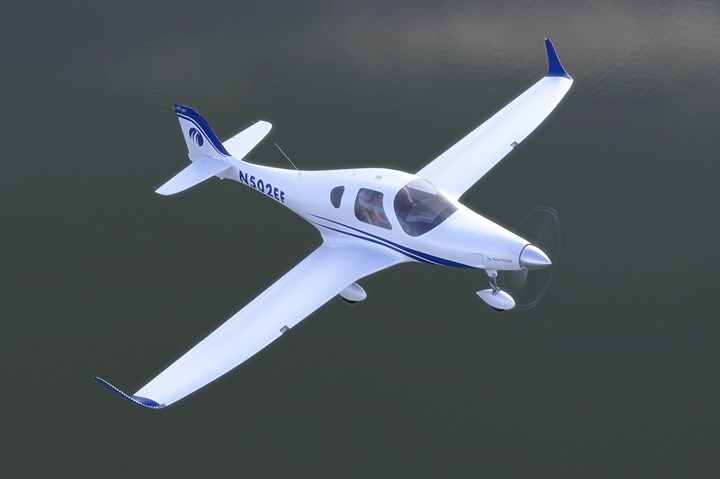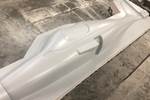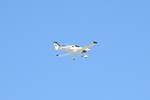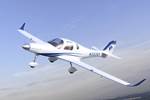Bye Aerospace's eFlyer 2 achieves FAA acceptance for Functional Hazard Analysis
The company says this milestone substantiates the design of its electric general aviation aircraft.

Bye Aerospace (Denver, Colo., U.S.) has announced that the Federal Aviation Administration (FAA) has accepted the Functional Hazard Analysis for the company’s electric eFlyer 2 aircraft. This milestone is a general aviation first under Amendment 64 of FAA Part 23, Bye Aerospace says.
“This FAA milestone substantiates our eFlyer design, providing unwavering support for our market and business case. The result is a clean, capable, electric aircraft with a remarkable 80% reduction in operating costs as compared to conventional aircraft. Bye Aerospace and the eFlyer 2 are poised to revolutionize aviation pilot training economics,” says Rod Zastrow, president of Bye Aerospace.
According to the company, the FAA certification basis for the eFlyer 2 (Project No. TC09549CH-A) was established earlier, confirming its eligibility for a type certificate. The FAA has affirmed that the type design complies with the U.S. type certification basis and that the aircraft is safe for the requested certification category.
Zastrow adds, “Our sustainable aircraft technology represents a paradigm shift in the aviation industry. Our groundbreaking eFlyer design offers an unprecedented opportunity for aerospace, and ESG (Environmental, Social, and Governance) institutional investors to invest in a cleaner and more sustainable future for aerospace and aviation.”
Related Content
-
Cryo-compressed hydrogen, the best solution for storage and refueling stations?
Cryomotive’s CRYOGAS solution claims the highest storage density, lowest refueling cost and widest operating range without H2 losses while using one-fifth the carbon fiber required in compressed gas tanks.
-
Plant tour: Middle River Aerostructure Systems, Baltimore, Md., U.S.
The historic Martin Aircraft factory is advancing digitized automation for more sustainable production of composite aerostructures.
-
Plant tour: Albany Engineered Composites, Rochester, N.H., U.S.
Efficient, high-quality, well-controlled composites manufacturing at volume is the mantra for this 3D weaving specialist.

.jpg;width=70;height=70;mode=crop)











